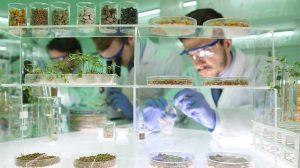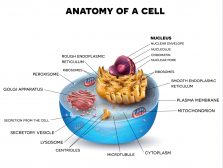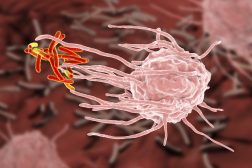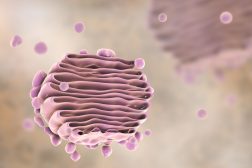Definition
noun
A branch of neuroscience that is concerned with the physiology of the nervous system
Supplement
Neuroscience is the scientific study of the nervous system and is concerned with the structure, development, function, chemistry, pharmacology, and pathology of the nervous system. Modern tools and technologies (e.g. molecular biology, electrophysiology, computational methods, etc.) led to the advancement of research on nervous system. As a result, neuroscience is now comprised of various branches. Neurophysiology is one of these branches.
Neurophysiology is a branch of neuroscience that studies the physiology of the nervous system. It makes use of the physiological techniques in its research, e.g. electrophysiological recordings (using voltage clamp, patch clamp, etc.), calcium imaging, optogenetics, and molecular biology. Some of the topics of interests are electroencephalography, neuroplasticity, chemical synapse, brainstem, electromyography, exocytosis, transcranial magnetic stimulation, long-term potentiation, nerve conduction study, and transcranial direct current stimulation. Electroencephalograpy or EEG is one in which the electrical activity of the brain is recorded from the scalp. Electromyography and nerve conduction research are concerned with assessing the function of the nerves and muscles.
Neurophysiology is also concerned with studying disorders affecting the brain, e.g. meningitis, strokes, dementia, encephalitis, etc., as well as the nerve and the muscle such as myasthenia gravis and motor neurone disease.
Word origin: Greek neuron (“nerve”) +physis (“nature, origin”) + -logia (“knowledge”)
See also:
Dictionary > Neurophysiology
You will also like...

Regulation of Biological Systems
Regulation of Biological Systems tutorials are focused on the modulation of biological systems from cell to population l..

Biological Cell Introduction
It only takes one biological cell to create an organism. A single cell is able to keep itself functional through its 'mi..

Biological Cell Defense
Organisms employ different strategies to boost its defenses against antigens. Humans have an immune system to combat pat..

Pollution in Freshwater Ecosystems
There are many environmental factors that arise due to the usage of water in one way or another and for every action tha..

Fruits, Flowers, and Seeds
This tutorial deals with the structure and function of flowers, fruits, and seeds. Also included here are the types of f..

Role of Golgi Apparatus & Endoplasmic Reticulum in Protein Synthesis
The endoplasmic reticulum and Golgi apparatus are the organelles involved in the translation step of protein synthesis a..

